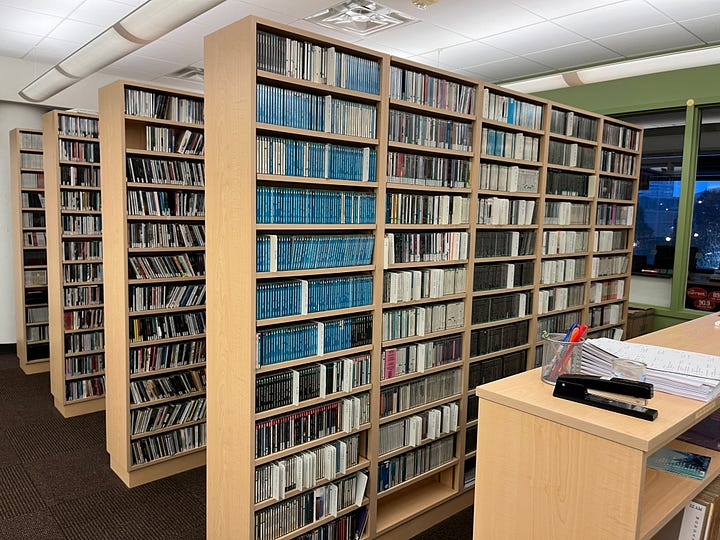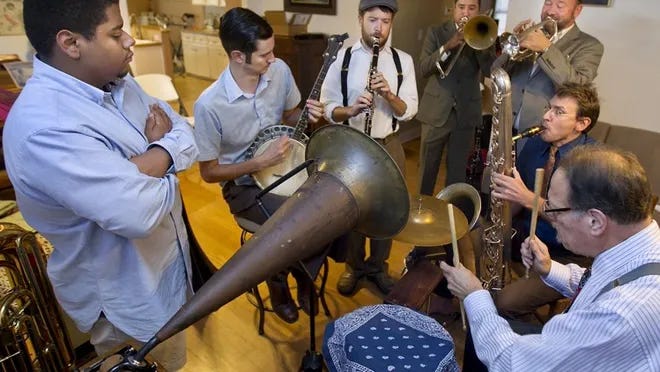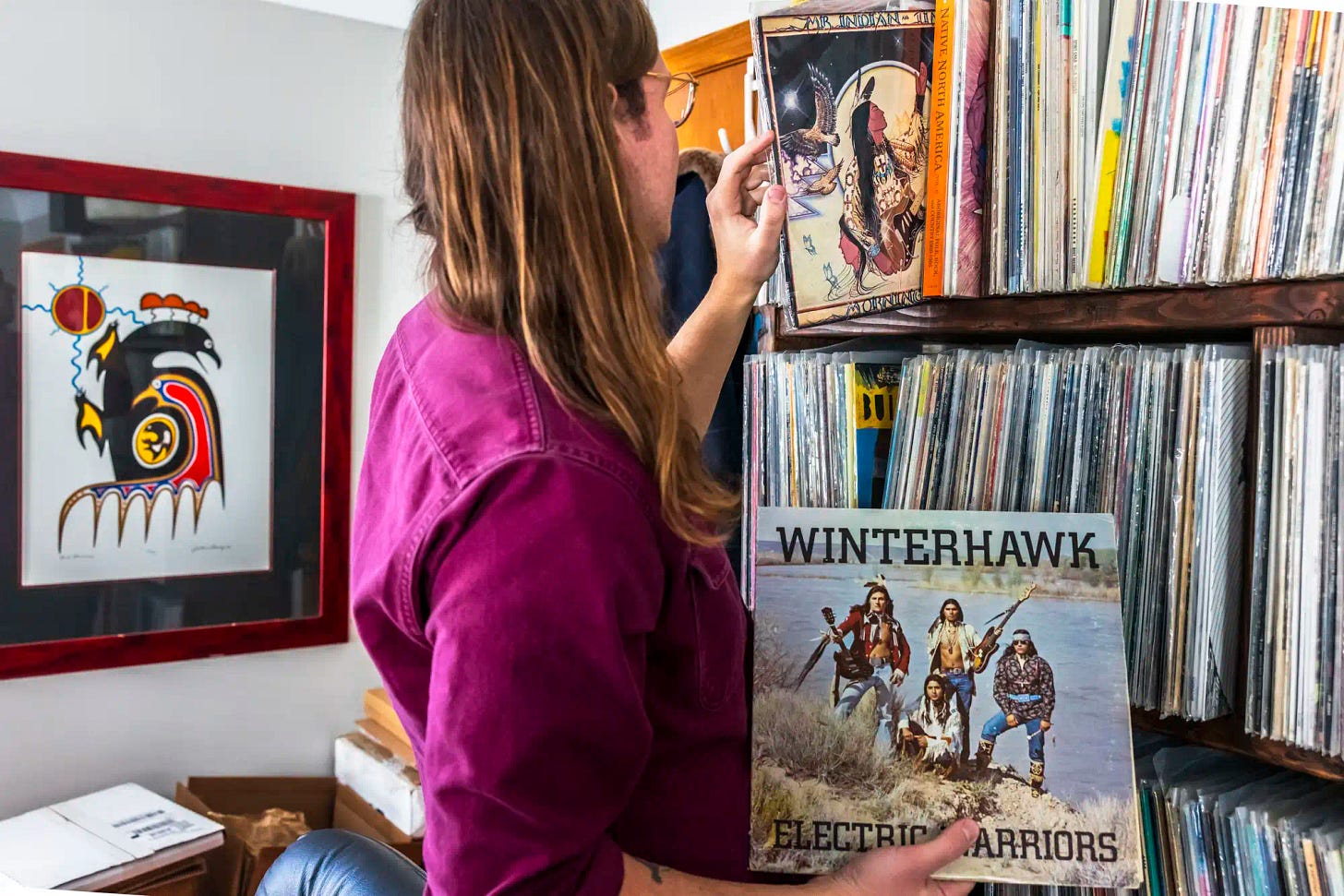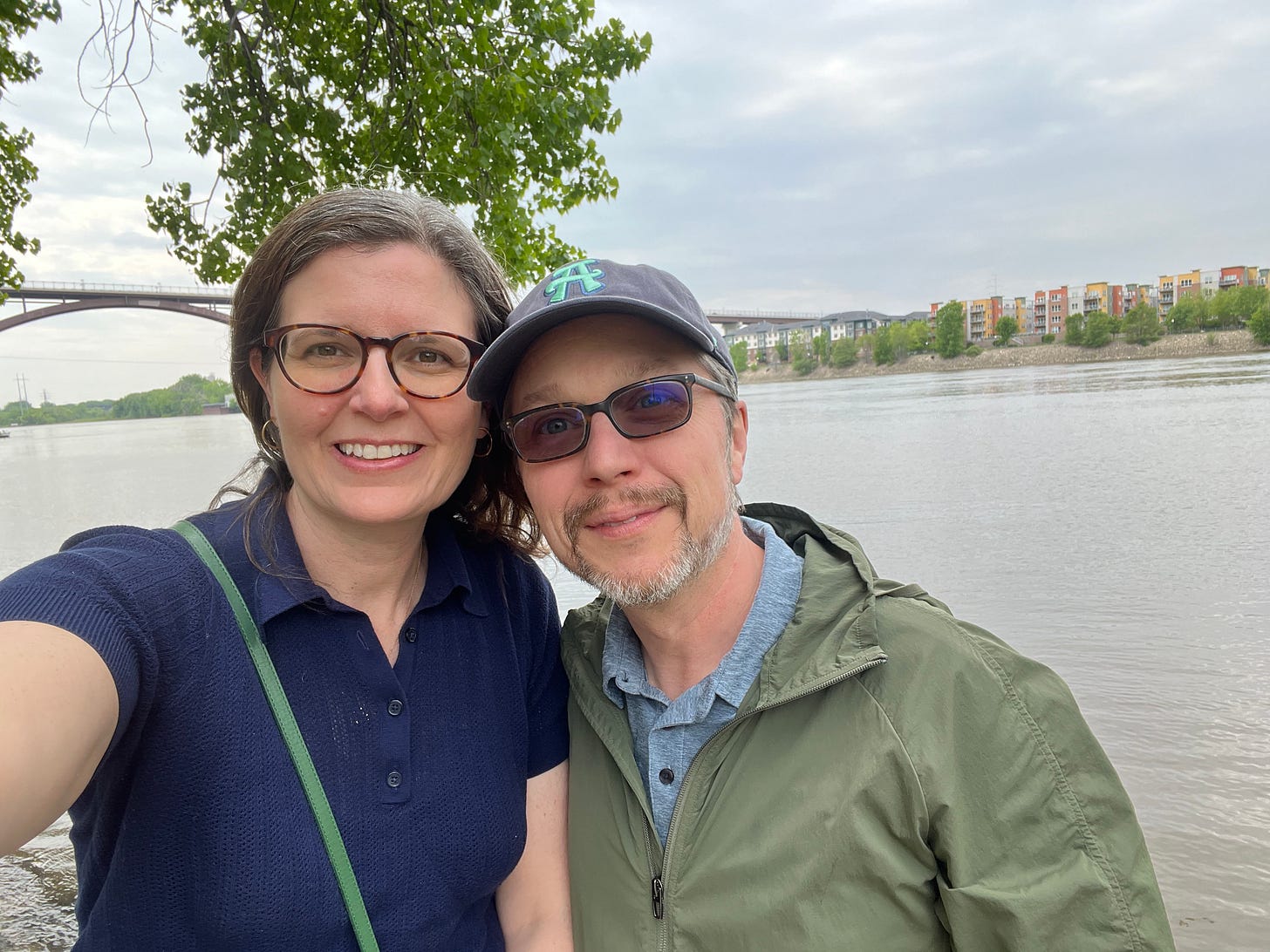Audio Recording Conference - Recap
Highlights and takeaways from the 58th annual ARSC Conference in St. Paul, MN.
Have you heard of ARSC? It stands for the Association of Recorded Sound Collections. You may wonder, what does that mean? Founded in 1966, ARSC is an organization that supports research and dialogue related to the topics of sound collections. It also fosters community for people passionate about sound collecting.
Last week, ARSC held their annual conference in St. Paul, Minnesota. The conference program included workshops with titles like "Early and Obsolete Digital Formats" and “Discographic Diggings.” While other programs like "Old-time Conversations: Finding Health, Happiness and Community Through Traditional Music" explored the more personal side of sound.
Lance and I were excited to attend this year's conference. We reconnected with some old friends and made new ones. I especially enjoyed presentations by early jazz historian and musician Colin Hancock, Wathéča Records founder Justis Brokenrope, and Voice-O-Graph collector and Princeton University professor Thomas Levin.
Colin shared his research on territory jazz bands, a term used to describe the orchestras and groups who perform locally or within a specific region. Colin’s work is creating a more holistic view of jazz history by bringing the stories of lesser-known performers and groups to light.
Justis, who is based in Mní Sóta (the Dakhóta name for Minnesota), collects, preserves, and shares the music of indigenous people. Late last year he hosted a radio show on NTS, it is worth checking out.
Equally delightful was Thomas’s presentation about phono-posts, which were individually recorded audio messages meant to be sent in the mail. An early and more literal form of voicemail. The phono-post archive at Princeton is working to amass and preserve these very fragile audio formats.

The passion that each of them brings to their work was a joy to experience, and it’s one of the best things about the ARSC conference. It is an opportunity to experience and engage with new research and discoveries related to what is considered antiquated music and recordings.
Looking beyond individual researchers, two collaborative presentations that were particularly intriguing were given by the Black Gospel Archive at Baylor University and the Möllendorff Cylinder Collection teams.
The Black Gospel Archive presented the story of its origins. Beginning with the publication of Robert Darden’s 2005 book, “People Get Ready!: A New History of Black Gospel Music” and the Op-ed piece he wrote for the New York Times that inspired a private donor to initiate preservation work. This initial support fostered collaborations with private collectors to build the archive. Digitization specialist Hannah Engstrom shared some of her experiences working directly with families and artists to intake their collections. The archiving process also comes with personal stories and experiences that ARSC provides an opportunity to share.
The Möllendorff Cylinder Collection also has many layers of personal stories. The recording journey began in 1899 with Prussian-born diplomat and linguist Paul Georg von Möllendorff, and the winding story came into the present with the recent acquisition of the collection by the University of California at Santa Barbara.
In just over a century the meaning of these recordings had been lost, and little was known about their origins. The contributions of private collector Charley Hummel, audio sleuth Patrick Feaster, innovative audio engineer David Giovannoni, and the preservation initiatives of the UCSB Library all culminated in this collection being identified and preserved for future research and understanding.
Speaking of audio sleuthing, some may recall our release with Patrick Feaster from 2012, Pictures of Sound: One Thouand Years of Educed Audio. Our collaboration with Patrick for that release began with a presentation he gave at an ARSC conference.
What conference would be complete without a field trip? This year, we were given an evening tour of the MPR (Minnesota Public Radio) studios. We were shown the station’s on-air studios and the vintage equipment they maintain for playing media formats of yesteryear. We were impressed by their custom Neve console and recording studio that are used to produce their popular live music program The Current. I was also impressed with the CD library for the station’s robust classical content they produce and distribute locally and nationally.


Attending conferences like ARSC helps inspire Lance and me to continue to share the many perspectives and developments we encounter in the vast world of recorded sound. It is exciting to be able to share this with all of you.
If you are in the Atlanta area this Sunday night, Lance will be DJing at the new listening room, Commune with artist Carlos Niño who is in town to perform Monday with André Benjamin at the Atlanta Jazz Festival.
Thanks for your continued support! More soon, and in the meantime, happy listening!













That sounds like the coolest conference ever
Argh! This was so close to me, how did I miss it? Looks and sounds awesome!